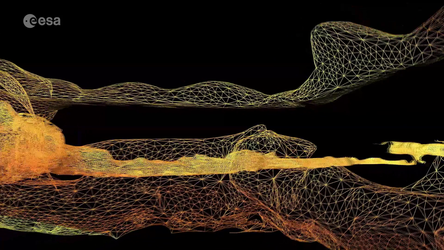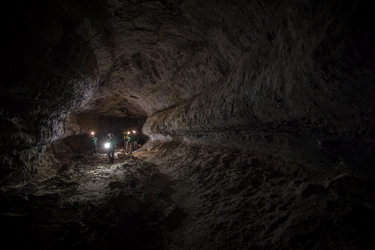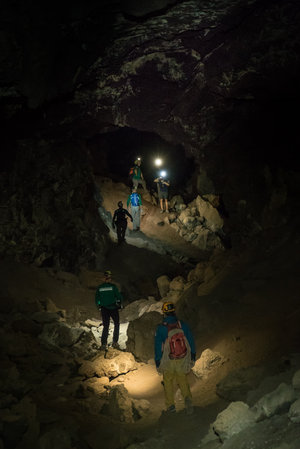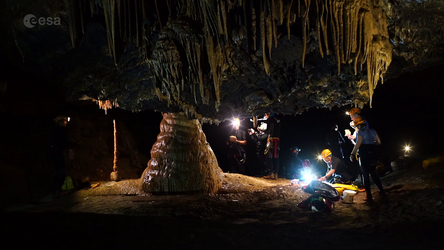Accept all cookies Accept only essential cookies See our Cookie Notice

About ESA
The European Space Agency (ESA) is Europe’s gateway to space. Its mission is to shape the development of Europe’s space capability and ensure that investment in space continues to deliver benefits to the citizens of Europe and the world.
Highlights
ESA - United space in Europe
This is ESA ESA facts Member States & Cooperating States Funding Director General Top management For Member State Delegations European vision European Space Policy ESA & EU Space Councils Responsibility & Sustainability Annual Report Calendar of meetings Corporate newsEstablishments & sites
ESA Headquarters ESA ESTEC ESA ESOC ESA ESRIN ESA EAC ESA ESAC Europe's Spaceport ESA ESEC ESA ECSAT Brussels Office Washington OfficeWorking with ESA
Business with ESA ESA Commercialisation Gateway Law at ESA Careers Cyber resilience at ESA IT at ESA Newsroom Partnerships Merchandising Licence Education Open Space Innovation Platform Integrity and Reporting Administrative Tribunal Health and SafetyMore about ESA
History ESA Historical Archives Exhibitions Publications Art & Culture ESA Merchandise Kids Diversity ESA Brand Centre ESA ChampionsLatest
Space in Member States
Find out more about space activities in our 23 Member States, and understand how ESA works together with their national agencies, institutions and organisations.
Science & Exploration
Exploring our Solar System and unlocking the secrets of the Universe
Go to topicAstronauts
Missions
Juice Euclid Webb Solar Orbiter BepiColombo Gaia ExoMars Cheops Exoplanet missions More missionsActivities
International Space Station Orion service module Gateway Concordia Caves & Pangaea BenefitsLatest
Space Safety
Protecting life and infrastructure on Earth and in orbit
Go to topicAsteroids
Asteroids and Planetary Defence Asteroid danger explained Flyeye telescope: asteroid detection Hera mission: asteroid deflection Near-Earth Object Coordination CentreSpace junk
About space debris Space debris by the numbers Space Environment Report In space refuelling, refurbishing and removingSafety from space
Clean Space ecodesign Zero Debris Technologies Space for Earth Supporting Sustainable DevelopmentLatest
Applications
Using space to benefit citizens and meet future challenges on Earth
Go to topicObserving the Earth
Observing the Earth Future EO Copernicus Meteorology Space for our climate Satellite missionsCommercialisation
ESA Commercialisation Gateway Open Space Innovation Platform Business Incubation ESA Space SolutionsLatest
Enabling & Support
Making space accessible and developing the technologies for the future
Go to topicBuilding missions
Space Engineering and Technology Test centre Laboratories Concurrent Design Facility Preparing for the future Shaping the Future Discovery and Preparation Advanced Concepts TeamSpace transportation
Space Transportation Ariane Vega Space Rider Future space transportation Boost! Europe's Spaceport Launches from Europe's Spaceport from 2012Latest

Volcanic wormhole
Thank you for liking
You have already liked this page, you can only like it once!
The organic and intricate features of a volcanic cave come alive in great detail in this three-dimensional image of La Cueva de Los Verdes in Lanzarote, Spain. Some of the most innovative scanning technologies have produced the largest 3D scan of a lava tube on Earth.
Lava tubes are planetary caves. Similar cave systems have been found from orbit on the Moon and Mars. These underground formations could one day provide safe habitats for humans on other celestial bodies – they provide constant temperature and a good shelter against cosmic radiation and micrometeorites.
Understanding the origins and formation of these caves on Earth is a passage for simulating the future of planetary explorers across the Solar System.
A team of speleologists from the University of Padova, Italy mapped the main path of the cave system aided by ESA astronaut Matthias Mauer. The image covers a 1.3 km section of the lava tube with an unprecedented resolution of few centimetres.
The expedition ventured last year into La Cueva de Los Verdes as part of ESA’s Pangaea-X campaign. Testing technologies and a full set of analysis tools was at the core of this course. The equipment could one day help to scout other planets.
Cut off from any satellite signal, in the dark and in rough terrain, two state-of-the-art instruments equipped with lasers and cameras mapped the cave. Using the point cloud technique, millions of measurements were merged in less than three hours to obtain a complete 3D model of the contours of the lava tube.
Although the lava tubes began to be mapped in the 1970s, a clear view of this subterranean passage was elusive until now.
The images are helping local institutions to protect this particular cave. Scientific data are shedding light on its origins and peculiar formations.
Learn more about the science and technology behind this campaign visiting www.blogs.esa.int/caves
-
CREDIT
Vigea – Tommaso Santagata -
LICENCE
ESA Standard Licence

Lava tube fly-through

Lava tube

Exploring a lava tube

CAVES 2016: 3D models created with photographs















 Germany
Germany
 Austria
Austria
 Belgium
Belgium
 Denmark
Denmark
 Spain
Spain
 Estonia
Estonia
 Finland
Finland
 France
France
 Greece
Greece
 Hungary
Hungary
 Ireland
Ireland
 Italy
Italy
 Luxembourg
Luxembourg
 Norway
Norway
 The Netherlands
The Netherlands
 Poland
Poland
 Portugal
Portugal
 Czechia
Czechia
 Romania
Romania
 United Kingdom
United Kingdom
 Slovenia
Slovenia
 Sweden
Sweden
 Switzerland
Switzerland
























